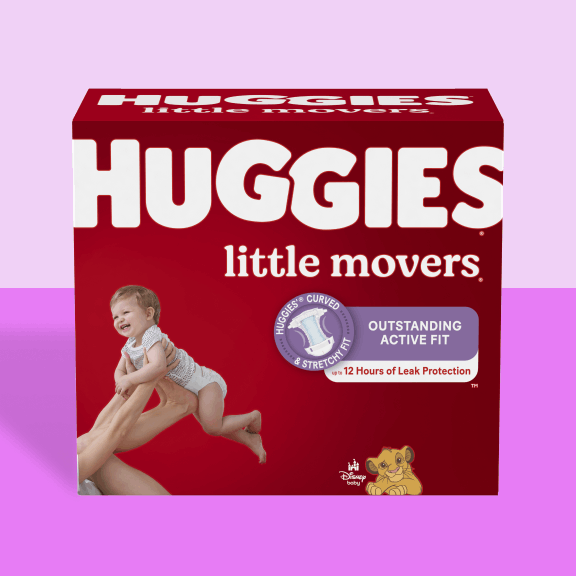Baby Skin Care
How to Bathe a Newborn Baby

Tips for bathing a newborn
- There are a few ways to bathe a newborn: A submersion bath in a baby bathtub or sink; a swaddle bath, where baby is swaddled and submerged in the tub uncovered as areas are being washed; and a sponge bath.
- Try using a baby bathtub designed for babies or a sink. Both are easier to operate in the newborn months and will help save your back.
- If you are using a sink, clean the sink first and lay a thick towel on the bottom. Be careful not to turn the water on over the baby as the water may be hotter or colder than anticipated when it comes out. Test it first before washing your baby.
- If the umbilical cord is still attached, it’s ok to get it wet. Rinse the stump and pat dry. Special cleaning of the umbilical cord or the skin around it is not necessary, and simply keeping the area clean and dry is adequate. If you notice any redness, drainage, foul smell, or other signs of infection, call your pediatric healthcare provider.
- Use only a small amount of baby cleanser or shampoo made for babies. Even gentle baby cleansers can dry out the skin.
- You do not need to bathe your baby every day. Bathing them 3 times a week is adequate as long as the diaper area is cleaned with each diaper change.
- Talk, sing and play games with your baby so they learn to enjoy it as a special time with you.
- Always check the water temperature. Use your wrist to check, as it is more sensitive to heat than your hand. You can also use a bath thermometer.
- Bath water should be approximately 98-100 degrees Fahrenheit.
- Place a towel in the bottom of the tub for the baby to lay on and make sure their head is elevated. Lay another towel over the top of the baby to help keep them warm.
- If you are using a sink or regular bathtub, support baby’s head and neck with your forearm.
- If your baby is not happy, just cleanse them quickly and get them out. You can try again in a couple of days, perhaps try bathing at a different time of day or in a different way.
- Avoid giving a bath immediately following a feed.
The information of this article has been reviewed by nursing experts of the
Association of Women’s Health, Obstetric, & Neonatal Nurses (AWHONN). The content should not substitute medical advice from your personal healthcare provider. Please consult your healthcare provider for recommendations/diagnosis or treatment. For more advice from AWHONN nurses, visit Healthy Mom&Baby at
health4mom.org.













